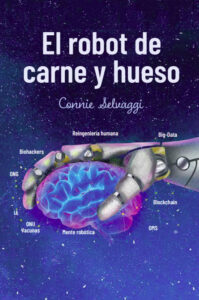
Photo by @shayanneigans via Twenty20
What is electro-shock therapy ETS? One of the most prevalent health problems in many countries around the world is depression. Indeed, researchers have concluded that a majority of people will be experiencing clinical depression at some point during their lifetimes. As a result, all people should at least have a basic awareness of what different depression treatment regimens are available on the 21st. Indeed, when it comes to depression treatment, there are a number of different options available to people afflicted with this possibly debilitating disease.
If a person is suffering from a mild, isolated case of depression, an effective depression treatment program may include more sleep, an improved diet, and increased exercise. In some instances, a combination of these recourses does result in an effective depression treatment regimen.
Many people find themselves suffering through a more serious bout of depression. In such instances, a depression treatment program must include professional assistance. When consulting with a qualified health care professional, a depression treatment program that includes therapy and medication or medications is likely to be recommended.
When it comes to a depression treatment program, medications are helpful to aid in the reduction of the symptoms that commonly are associated with a depressive illness. With that said, in most cases, it is important that a depression treatment program include therapy. Therapy is an important element of a depression treatment program in many cases to assist the afflicted patient with discovering the root causes of the depressive illness with which he or she is afflicted.
In some instances, a depressive illness is so serious that a depression treatment program includes inpatient hospitalization. In most instances, a person who is hospitalized for a depressive illness will only be confined for a short period of time — for a matter of days. The goal of hospitalization as a depression treatment regimen in the 21st century is patient stabilization. The long-term treatment will be conducted on an outpatient basis. Long gone are the days (in most cases) in which stabilization and intensive treatment occur while a patient is involved in an inpatient depression treatment program.
In recent years, many mental health care professionals have again begun to advocate the use of EST (electro-shock therapy) for patients who have a more profound depressive illness. For some period of time in the 1970s and 1980s, electroshock therapy (EST) as a depression treatment option was frowned upon by a wide sector of the mental health care professional community. However, in recent years, the techniques associated with electro-shock therapy (EST) have been refined and many doctors have come to see beneficial results in their patients who are subjected to a depression treatment regimen that includes EST. But, again, EST is utilized as a depression treatment option in only a limited number of cases in which the depression of a particular patient is severe and unabated over an extended period of time. As with depression treatment programs that include medication, patients who receive electro-shock therapy (EST) also participate in a course of therapy to try and discover the root causes of the depressive illness.
Contact us: SUICIDE PREVENTION









